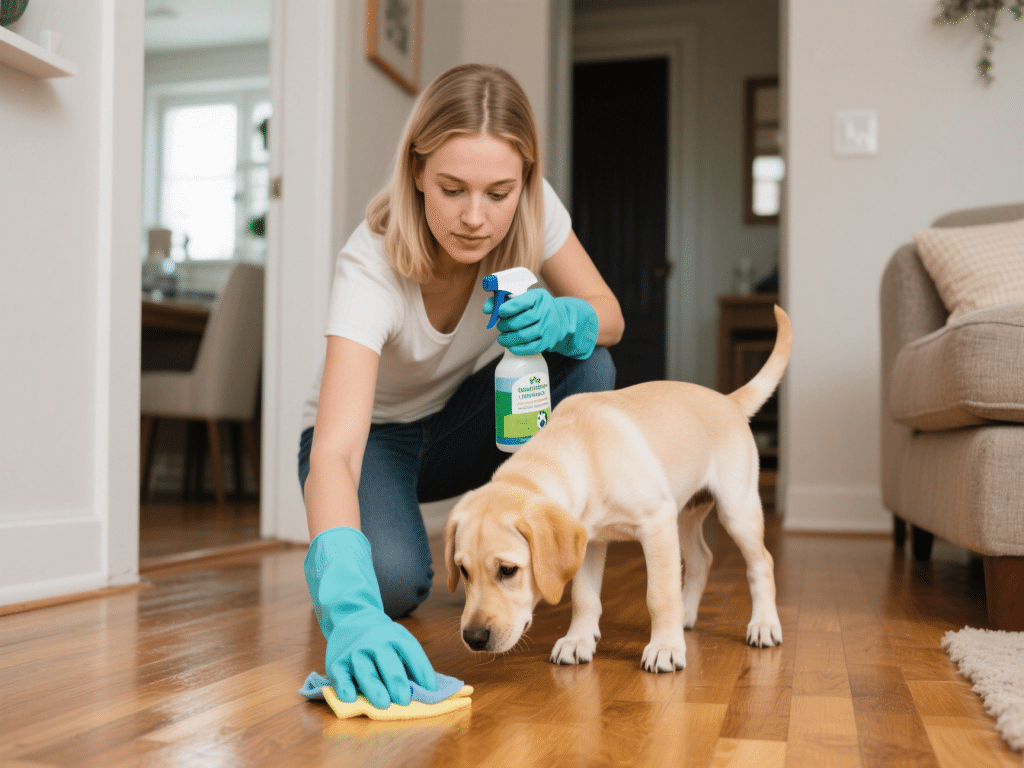RECOMMENDED NEWS

Top 5 Holistic Solutions to Prevent Fleas on Indoor Cats
As a seasoned pet health blogger with over a decade specializing in feline wellness, I’ve seen far...
Read More →
Safe Houseplants for Pets: The Top Non-Toxic Greenery to Grow at Home
Houseplants can improve air quality, reduce stress, and bring life into our homes—but not all gree...
Read More →
Understanding Feline Diabetes: Dietary Adjustments and Care Plans
IntroductionFeline diabetes mellitus is a common endocrine disorder characterized by insufficient in...
Read More →
How to Spot Early Signs of Arthritis in Senior Cats
IntroductionArthritis affects up to 90% of cats over 10 years old, causing pain, stiffness, and mobi...
Read More →
Cat Sleeping Positions Explained: What Each One Tells You
IntroductionCats sleep up to 16 hours a day, adopting various positions that reflect their comfort, ...
Read More →
The Safest Cleaning Products to Use Around Pets
IntroductionCommon household cleaners contain chemicals that can irritate your pet’s skin, respira...
Read More →
How to Choose the Right Water Bowl for Your Pet’s Health
IntroductionProper hydration is essential for pet health—kidney function, digestion, and temperatu...
Read More →
What Every Pet Owner Should Know About Seasonal Allergies
IntroductionSeasonal allergies—hay fever, pollen, mold—affect not only humans but also cats and ...
Read More →
Strategies for Cleaning Your Pet’s Ears Safely at Home
IntroductionRegular ear cleaning is vital for preventing infections, wax buildup, and discomfort in ...
Read More →
Comments on "Choosing the Best Flea and Tick Prevention for Dogs" :